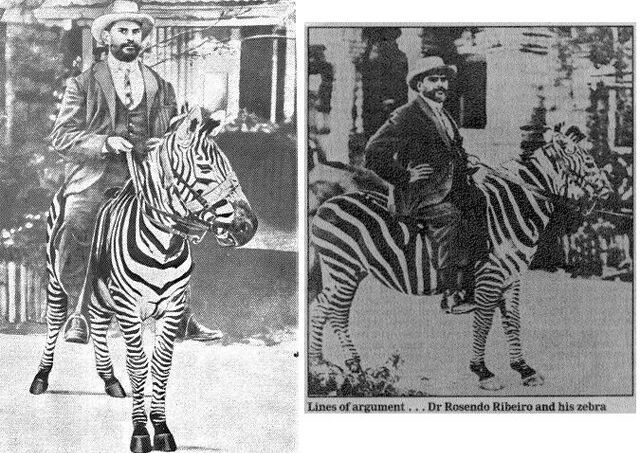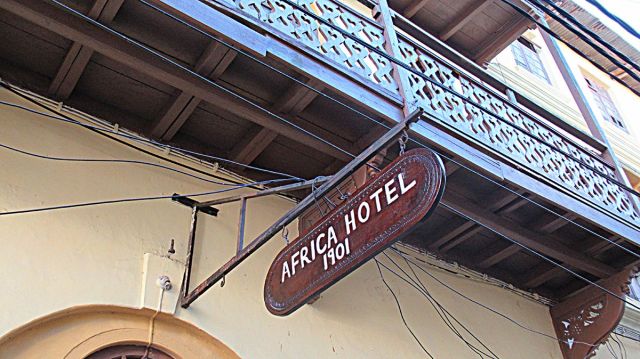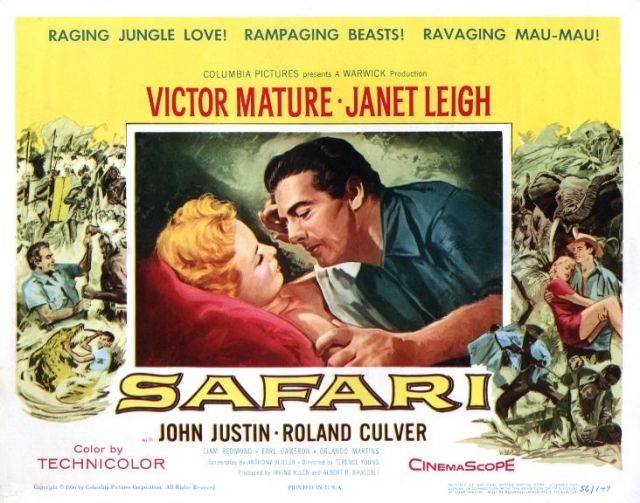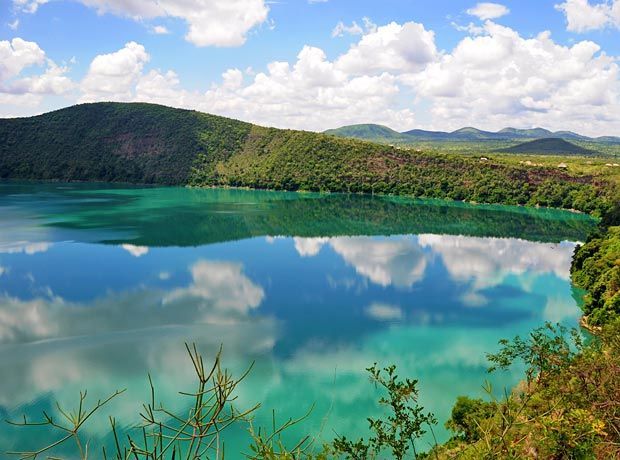
HISTORY
23-08-2021 di redazione

The story we are telling you today happened in Kenya one hundred years ago.
A century before the pandemic that many now call the "plague of the third millennium", knowing full well (or maybe not, we are in the age that forgets everything with an App...) that the plague was something else.
Moreover, if for a Westerner one hundred years seems like a geological era ago, just imagine in Nairobi and its surroundings. At that time, the metropolis it is today, immersed in international business, exponential traffic, vertiginous social inequalities, was little more than a small village in the middle of the cold swamps between rivers and lakes, reclaimed by the British settlers just enough to reduce the lethal incidence of malaria.
The chieftains came dressed in traditional clothes, with painted faces and feathers to government offices to sign agreements, the damsels following their brave husbands rode in rickshaws dressed as in a Victorian theatre play, wild animals roamed freely but were just as freely hunted and killed.
But there were also those who bred them and tried to tame them.
This was the case of an Indian doctor of Portuguese origin, one of those who had arrived with his parents from the former protectorate of Goa, once a British colony.
Rosendo Ayres Ribeiro had grown up with animals and, although he had studied medicine at a college in India, he chose to move in 1900 to the place he had visited as a boy and fallen in love with.
Dr Ribeiro was certainly no ordinary person.
He went to his patients riding a zebra that he had grown like a horse and harnessed and saddled every morning. Even in times of adventurers, 'wild boys' and diverse humanity from many different backgrounds, a well-dressed man with a hat and briefcase riding a zebra did not go unnoticed.
The use of zebras as pack animals is not surprising, in those days they were also used by the English to pull carts and carriages, rather than being able to have a friendly relationship with them, just like with a domestic animal, was more of a novelty in those days.
His eccentricity aside, Ribeiro was known as one of the best doctors in Nairobi and his popularity soared when he first identified a strange, contagious death in the centre of the city, around the small Indian bazaar.
It was bubonic plague and only he, who had come into contact with similar cases in India, could have identified it, while the Queen's solons hypothesised who knows what virus from the Dark Continent.
It was the commercial growth of Nairobi and the arrival of people of all races from Europe, Asia and other African countries, as well as the increase in rubbish, that had created the conditions for the presence of rats and other rodents capable of transmitting diseases to humans.
The death of an Indian shopkeeper was followed by another 20 cases in the same city neighbourhood and Dr Ribeiro, after visiting the first Africans to experience similar symptoms, two Somalis, called an extraordinary meeting with the leadership of the British Protectorate. The only solution to eradicate the disease would be to burn down the entire market area.
And so it was. The man riding a zebra witnessed the burning of downtown Nairobi and could not prevent his own doctor's office from going up in flames, but he managed to save Kenya from an epidemic that, considering the newly inaugurated railway and the nomadic nature of the people who moved around for business, livestock fairs and trying to make ends meet, could have caused far more than the 75 million that the 'black death' caused in Europe in 1400.
From then on, Ribeiro was not just the 'mad doctor' who came to see patients by tying his black and white striped horse to a pillar, but the saviour of Nairobi.
He was rewarded for this by the British Empire and became an eminence. Due to his Goan origins, the Portuguese government appointed him as Lusitanian consul in Kenya in 1914.
Rosendo Ribeiro died in Nairobi in 1951 at the age of 80 and was buried in City Park Cemetery.
It is said that in the early years after his burial, a herd of zebras would occasionally appear near his grave.
HISTORY
di redazione

Many who know Kenya's history are convinced that Christianity was brought here by German missionaries who opened the first Catholic mission in...
MUSIC
di redazione

Kenyans have voted 'Stellah' the most beautiful love song ever in Kenya.
It has nothing to do, either musically or poetically, with the eternal Malaika (which, to tell the truth, we still don't know whether it is a traditional Tanzanian...

The natives call it “Nyari”, a giriama word that means “the place crumbling naturally by itself”.
Marafa village is in Magarini district, just forty kilometres down Malindi area, less than one hour drive, mostly on a good dirt road studded...
FILM
di redazione

The incredible story of Robin Cavendish told in this film released in 2017, whose original title is "Breathe".
It is a Hollywood production starring the young Andrew Garfield (Spider Man, The social network) who plays the protagonist of a true...

Kuki Gallmann had "a story to tell".
This novel is his story.
PLACES
di redazione

It was 1898, in the port of Mombasa British ships began to arrive from India, loaded with goods and tools to build the famous railway that would connect what was then the first city of Kenya, as well as the...

HISTORY
di redazione

The story of the first Chinese to land on the shores of the Indian Ocean is six hundred years old.
According to Beijing scholars who recently published a book on the voyages of the great oriental navigators, it was in...
PLACES
di redazione

Few people know Lake Chala.
Located half in Kenya and the other half in Tanzania, under Kilimanjaro, between the towns of Taveta and Loitokitok, Chala is a crater four square kilometers in diameter surrounded by greenery.
RECIPES
di redazione

Kenya, thanks to past trade relations with Arabs, Indians and Persians, is a mix of cultures and traditions, of stories and food.
Among the most common street food...
DREAMING KENYA
di redazione

Ma tu ci vivresti, a Watamu?
Ci hai trascorso...